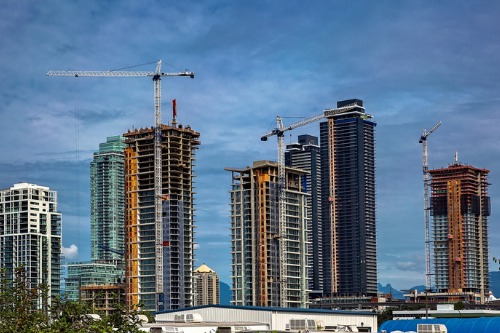

The 2017 Grenfell Tower fire, which not only claimed 72 lives but also exposed serious failings within the system of building and managing high-rise homes, has led the government to come up with what is described as the “landmark” Building Safety Bill.
More than three years after the West London tragedy, the draft version of the Bill was published yesterday (July 20) to allow for consultation and scrutiny before the Bill’s official introduction to Parliament, and the UK insurance industry has been quick to sound off.
Among the first to react is the Association of British Insurers (ABI), which welcomed the publication of the draft. ABI general insurance policy director James Dalton believes the development is a significant step towards ensuring that buildings regulations are both up-to-date and fit for purpose.
“Importantly, it will provide much needed clarity to all those involved in making sure that people living in high-rise buildings are safe,” commented Dalton. “We would urge Government, however, to extend the Bill to encompass buildings of any height accommodating vulnerable people.”
The proposed legislation, which Building Safety and Fire Minister Lord Greenhalgh said will bring about “the biggest changes to building safety for nearly 40 years,” applies to buildings of 18 metres or more, or taller than six storeys. The draft, however, is intended to evolve as further evidence and risks are identified with the help of stakeholders.
Working not only with leaseholders but also with the finance and insurance industries is government expert Michael Wade, who has been tapped, among other things, to develop proposals to address insurance issues around building safety.
Meanwhile, concurring with the ABI director is Zurich housing head Allison Whittington.
“As the Bill currently stands, only buildings over 18m or six storeys are in scope and we urge the government to expand the scope of the Bill to include all construction in the UK,” noted the housing head – who is of the view that it is essential that all buildings are safe – in a statement sent to Insurance Business.
According to Whittington, it is the insurer’s hope that the Bill will be another step in the right direction to improve safety standards in the built environment.
The Zurich executive added: “Growth in the use of Modern Methods of Construction (MMC) have transformed the way in which the UK’s building stock responds to fire and other peril events.
“Poor workmanship and light-touch enforcement of building regulations have frequently resulted in buildings that offer poor levels of fire protection, and Zurich has long called for building safety reforms to ensure that robust procedures across the design, construction, and inhabitation phases are in place to better protect residents in all types of developments, not just high-rise residential buildings.”
In addition to publishing the draft Building Safety Bill, the government launched a fire safety consultation – setting out proposals to implement the recommendations from Phase 1 of the Grenfell Tower Inquiry.
Commenting further, Whittington stated: “The accompanying consultation on fire safety reforms is key to ensuring that the legislation is successful in protecting both lives and properties, and Zurich looks forward to submitting evidence to support this process.”
It was also announced that full applications for the £1 billion Building Safety Fund can be submitted from July 31. The funding is allocated for the removal of unsafe non-ACM (aluminium composite material) cladding from buildings.
As for the Bill, it will be examined by a Parliamentary committee who will report with feedback and recommendations before it is finalised and introduced formally in the House of Commons or the House of Lords.
